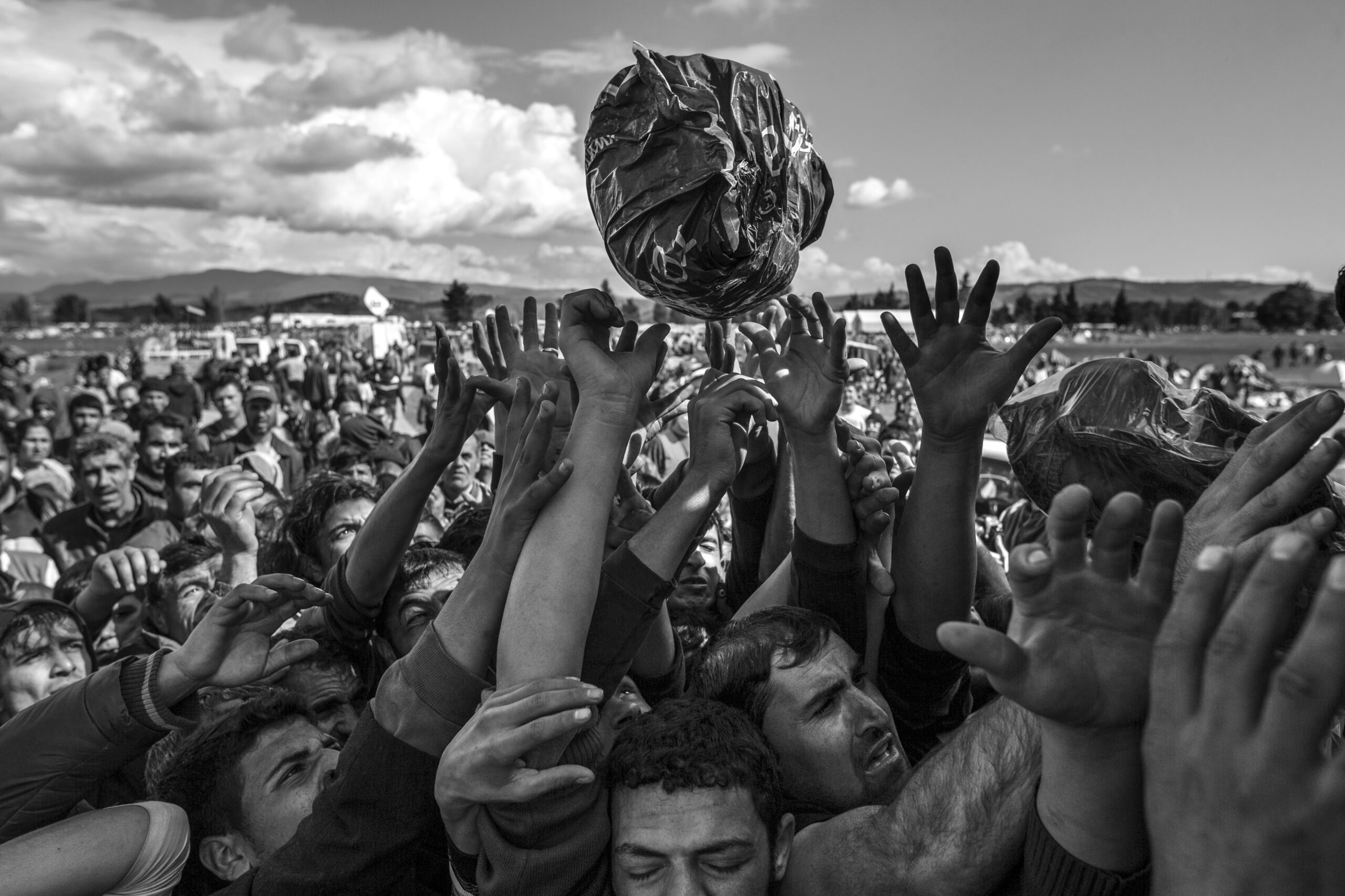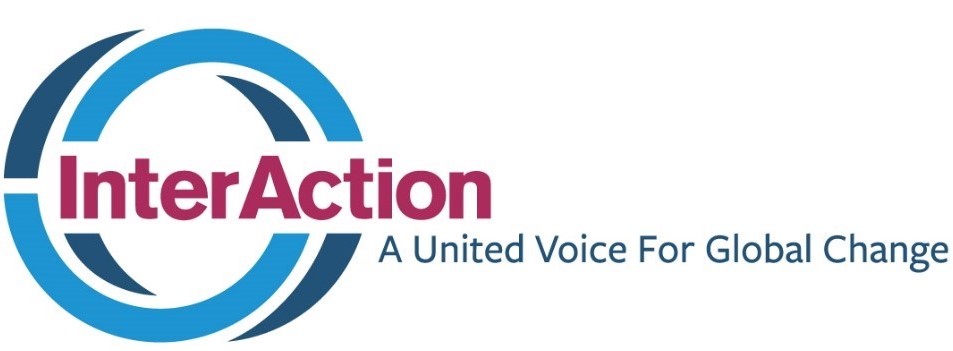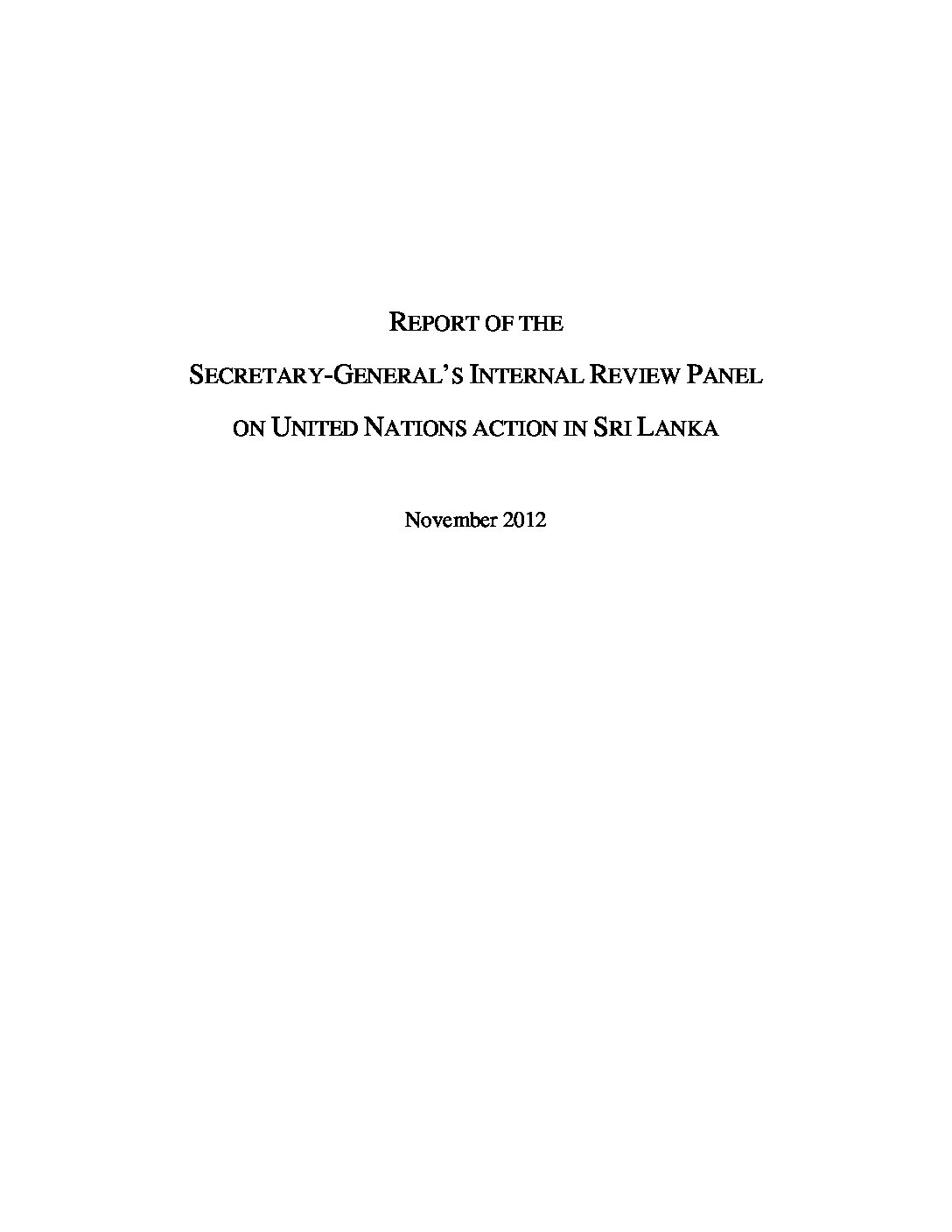Featured Resource
 Protection for People: What Do We Mean? Guidance for Senior Leadership
Protection for People: What Do We Mean? Guidance for Senior Leadership

InterAction has published and collected resources including tools, reports, project evaluations, blogposts, and others from Members and partners that promote results-based approaches to protection since 2012; all of which can be found in this resource library. To explore practical case examples of RBP in practice, visit the case example page. Background photo By: Simon Moricz Sabjan is licensed under the CC BY-NC 4.0 license.
In this series of tip sheets, InterAction will highlight helpful considerations, resources, and examples of good practice as it relates to cultivating an evaluative mindset and using evaluation to adapt interventions for protective impact. The first installment of this series of tips focuses on establishing “evaluability” for protection interventions, defining the purpose and determining the criteria for success.

The 2012 Independent Review Panel Report on UN’s Sri Lanka Response highlighted inadequate contextual analysis, little investment in local capacities, and lack of strategic orientation towards protection outcomes

In 2011, the IASC Principals agreed to five Commitments on Accountability to Affected Populations (CAAP) as part of a framework for engagement with communities. The revised version was developed and endorsed by the IASC Principals in November 2017 to reflect essential developments such as the Core Humanitarian Standard (CHS), the work done by the IASC on inter-agency community-based complaints mechanisms including PSEA, and the importance of meaningful collaboration with local stakeholders, which came out as a priority recommendation from the 2016 World Humanitarian Summit and in the Grand Bargain.

These discussions dug deeply into how peace and development programs consider the pressing issues of safety, security, privacy, flexibility, and accessibility in an increasingly tech-enabled world.

The Results-Based Protection Program continues to explore key components in current practice to better adjust and refine the approach and guidance needed to support both program and situation monitoring of a response.

What does it mean to do a historical, Cultural, and Contextual analysis to understand the threat, vulnerability, and capacity? InterAction aims to respond to this question noting why it is necessary and how it can be done.

In March 2015, the Results-Based Protection Program visited Lebanon to look at program design and how key characteristics of the design phase of a protection response contribute to protection outcomes.

In early 2017, InterAction completed two complementary missions in support of humanitarian NGOs’ protection strategies in Myanmar. The first focused on NGO roles in relation to the overall protection leadership, coordination, and strategies, while the second focused on critical methods and approaches NGOs can use to achieve protection outcomes.

In fall of 2017, InterAction initiated a Call for Examples of tools, methods, and approaches which collect and analyze data and measure changes in protection risks and protection outcomes.

This trip is meant to build on the previous missions and will focus on the challenges of protection analysis and decision-making in an increasingly complex context. This mission supports the field-level component of InterAction’s SIDA-funded project, Strengthening Ways of Working for Protection Outcomes.

"*" indicates required fields